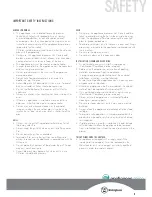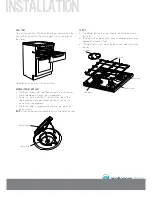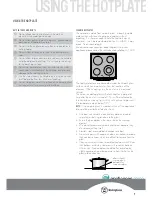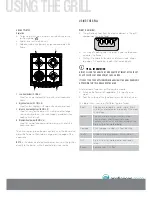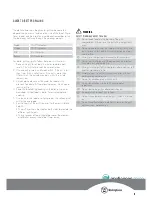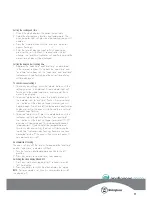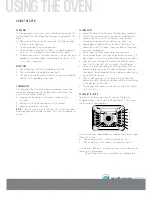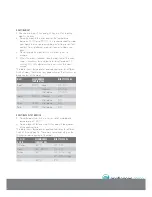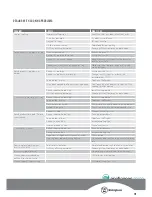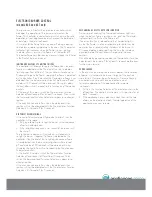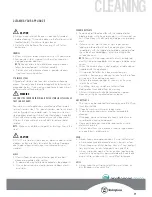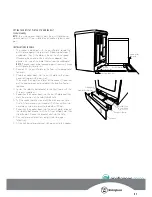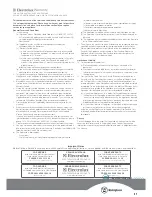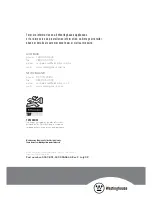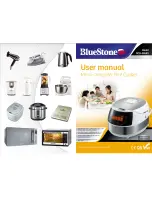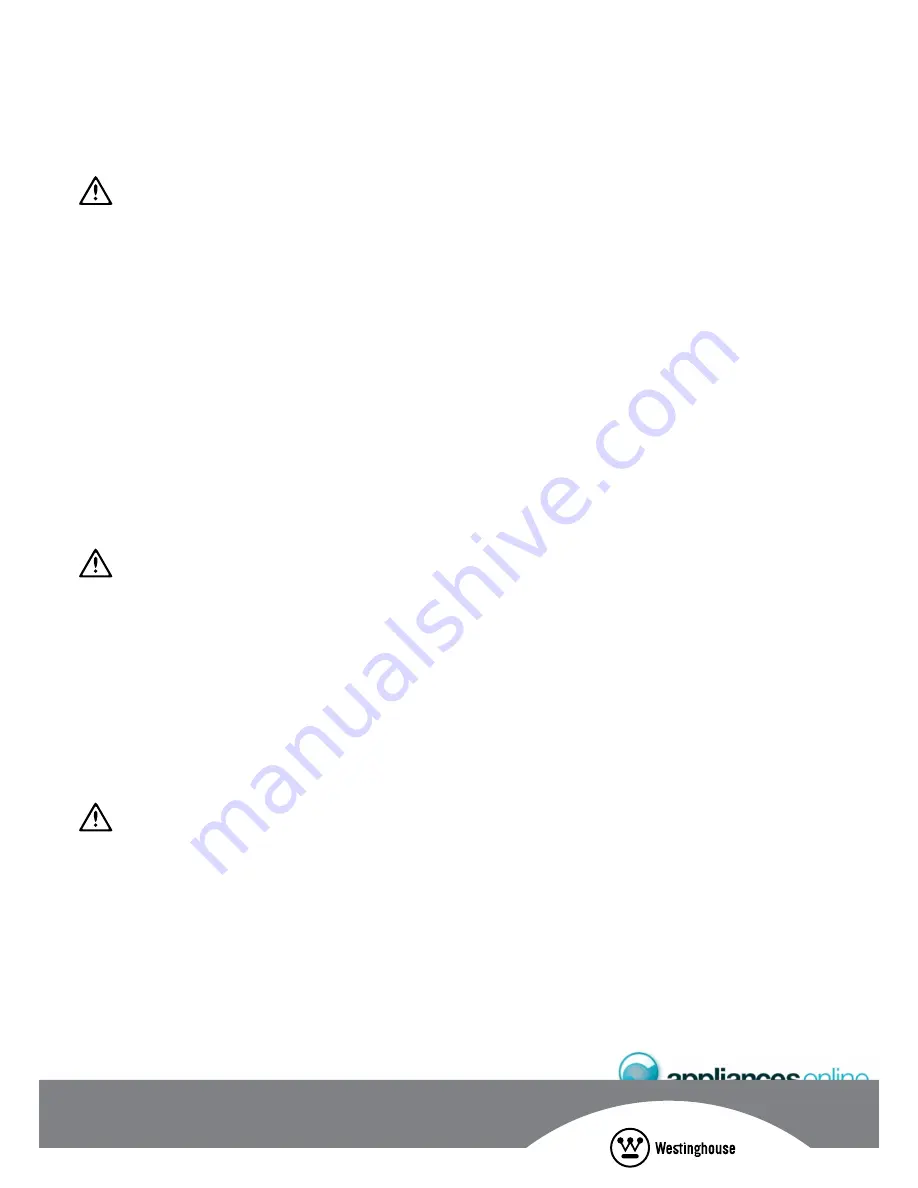
17
CLEANING
CERAMIC HOTpLATE
• Remove all spilt food and fat with the supplied razor
blade scraper, while the ceramic glass is still warm but not
hot. Wipe clean with dishwashing detergent on a damp
cloth.
• If aluminium foil, plastic items or high sugar content
foods are allowed to melt on the ceramic glass, clean
immediately with the supplied razor blade scraper before
the surface has cooled down, otherwise pitting of the
surface can occur.
NOTE:
Items with high sugar content not only include jam
and fruit, but also vegetables such as peas, tomatoes and
carrots.
• When the ceramic glass is cool, apply a suitable cleaner
(supplied with the appliance).
• It is important to follow the cleaner manufacturer’s
instructions. Remove any cleaning residue from the surface
as staining of the cooktop may occur.
• Do not use abrasive sponges or scourers, as they may
scratch the surface.
• Any pitting, staining, scratches or other surface
deterioration is excluded from the warranty.
• All stains/water marks can be removed by vigorous
cleaning, using the supplied ceramic cleaner.
GAS HOTpLATE
• The trivets can be removed for cleaning by carefully lifting
them form the hob.
• Clean by washing with warm soapy water.
• The burner caps and crowns are also removable for
cleaning.
• If the caps, crowns and cups are heavily soiled, use a
non-abrasive cleaning compound.
• Flame port blockages should be removed by using a
matchstick or brush.
• Do not clean them with abrasive or caustic type cleaners,
or clean them in a dishwasher.
OvEN
• Always keep your appliance clean. Ensure that fats and
oils do not accumulate around elements, burners or fans.
• Always keep oven dishes, baking trays, grill trays and grill
tray insert clean, as any fat deposits may catch fire.
• Always wrap your meats in foil or an oven roasting bag
to minimise cleaning. Any polyunsaturated fats can leave
a varnish-like residue which is very difficult to remove.
GRILL
• Always keep the grill tray and grill tray insert clean, as
any fat deposits may catch fire.
CAUTION
• Always make sure that the oven is electrically isolated
before cleaning. This can be done via the functional switch
located nearby. Do not use steam cleaners.
• Do not line the bottom of the oven or grill with foil or
cookware.
ENAMEL
• Wash with warm soapy water and rinse with clean water.
• Rub persistent stains vigorously with a nylon scourer or
creamed powder cleansers.
NOTE:
You can also use household oven enamel cleaners –
follow the manufacturer’s instructions carefully.
• Do not use harsh abrasive cleaners, powder cleaners,
steel wool or wax polishes.
STAINLESS STEEL
All grades of stainless steel can stain, discolour or become
greasy. You must clean these areas regularly by following the
procedures below, if you want your appliance to look its best,
perform well and have a long life.
WARNING
CARE MUST bE TAKEN wHEN wIpING ExpOSED STAINLESS STEEL EDGES…
THEY CAN bE SHARp!
Your stainless steel appliance is manufactured from a mark
resistant stainless steel. This special stainless steel resists marks
such as fingerprints and water spots. To keep your stainless
steel appliance looking it’s best, you should clean it regularly.
Wash with warm soapy water and rinse with clean water.
Wipe with clean water and a soft cloth to remove soap
residue.
NOTE:
Make sure you follow the polish or brushing lines in the
steel.
CAUTION
DO NOT use stainless steel cleaners, abrasive pads or other
cleaners as they are likely to scratch the surface. Damage
due to poor cleaning technique is not covered by your
warranty.
GLASS
• Glass surfaces on doors and control panels are best
cleaned immediately after soiling.
• A damp cloth may help remove baked on food deposits.
• Oven cleaners can be used to remove stubborn marks
and stains.
CLEANING YOUR AppLIANCE

